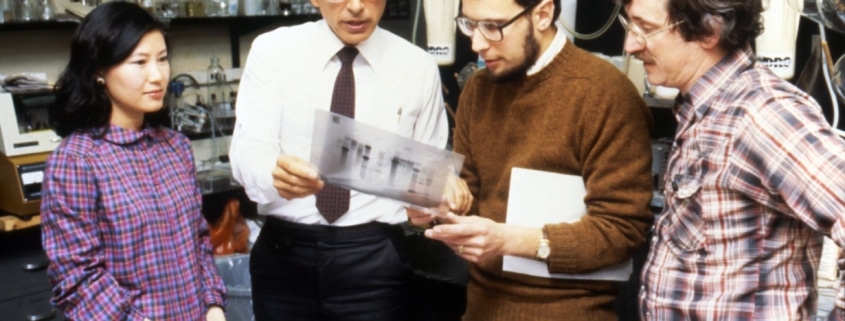What Science Do You Speak? Listen for 5 minutes.
Transcript for Pronouncing English With Pam Podcast Episode 32
Listen to the podcast and read along.
There’s a Microsoft commercial that says, “Half of science is convincing the world that it matters.” Isn’t that the truth? People that I have met have jobs that are so complicated it feels like they have to dummy it down to leave half of the information out when someone asks, “So what do you do for a living?”
Let’s think about this, when people don’t understand what you are saying, it makes your job so much harder.
For example, a patient who doesn’t understand their doctor- the patient is not going to follow their doctors orders.
When a scientist can’t convince someone to fund their research because they can’t figure out what it is that the scientist is telling them.
How about an engineer needing to convince others that their ideas will solve their problems.
A good scientist needs to be an ambassador of their own work.
It’s better communication that’s needed, especially about things that are difficult to understand or subjects that are difficult to even talk about.
When I worked in the medical field as a speech therapist, I would often be sitting in a patient’s room and a doctor would walk in and talk to the patient and their family and everyone is looking like “this is great!” and nodding their head. The doctor would walk out and the paitent or the family would look at me and say, “What did the doctor say? I didn’t understand what they meant.”
So here, in communication, the doctor had no idea that they were not being understood.
There was not enough time taken to have a conversation. To be able to talk and listen, and to be able to tell that the other person did NOT understand.
So this can happen to all of us. We think we had a conversation when we walk away, and the other person may have had…not a clue or didn’t quite get exactly what it was that you were talking about.
Try this!
Look at the person or people that you are talking to.
Even on a video conference call. Talk to the camera. Give the impression that you are looking at the listener. When you are with others, it’s important to give eye contact. Try to emulate this while you are on a video call too. Look at that little hole where the camera is.
Look at the listeners body language.
Are they leaning forward as if they are wanting to hear you better? Maybe they can’t hear you well enough.
Do they look confused? Are their eyebrows going down (a furrowed eyebrow)?
Are they turning their head to the side a little bit, trying to hear you better?
Are they asking you a question that you feel you have already answered?
These can be signs that you are not being understood.
Be sure you are giving your full attention to your audience.
Remember to smile. And to listen. Pay attention. Look at the person. Respond.
This week, I want you to practice reading the faces of other people. Practice listening to others and smiling and paying attention.
Take the time to be a better listener, and you will be a better speaker.
I guarantee that others will feel that connection.
If the other person is talking and you are listening, they will walk away and think, “That was a great conversation!”
So try to be a better listener this week.
Interested in private coaching? Contact me anytime.



